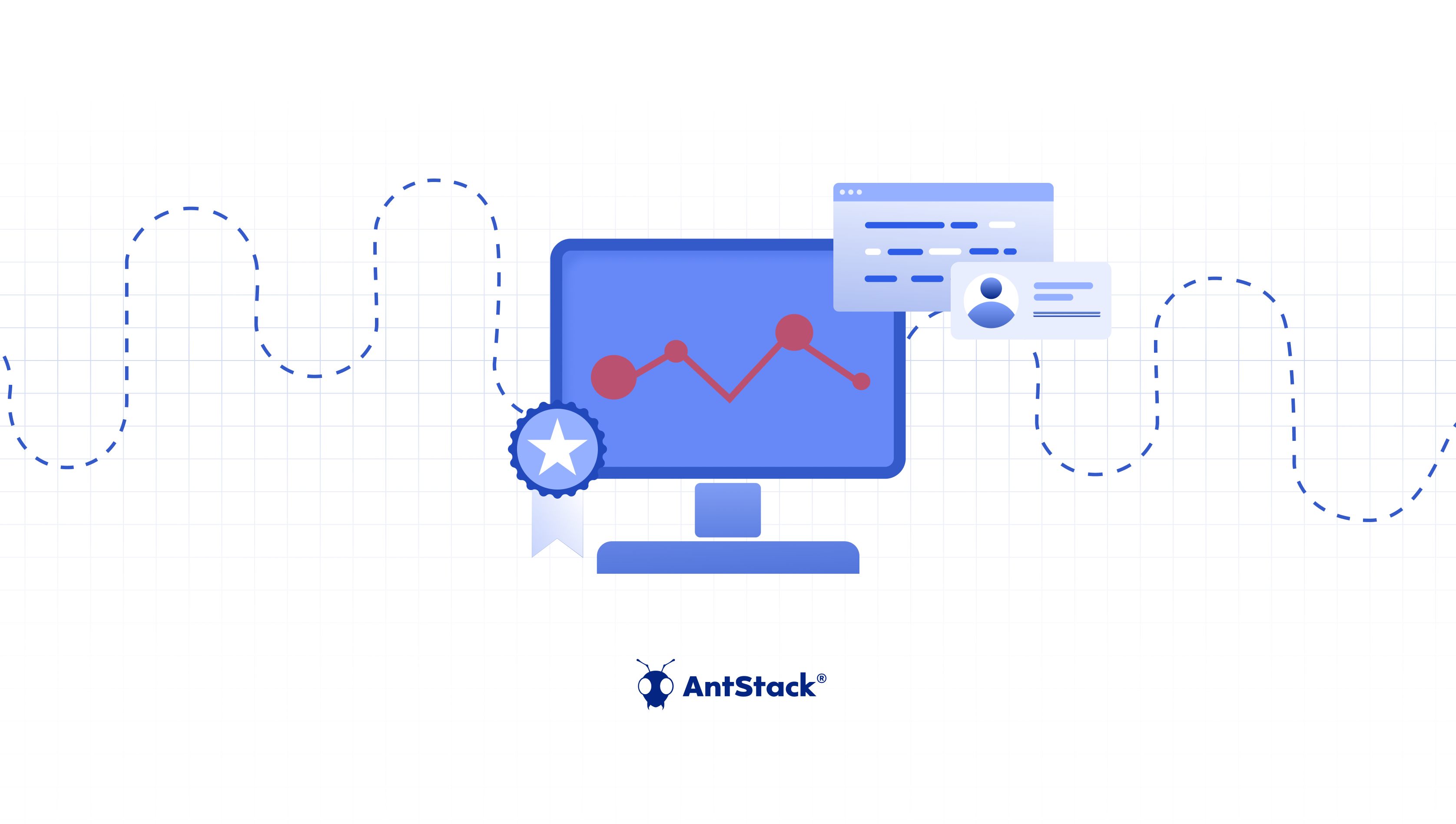When you aim to optimize front-end performance, focusing on HTML and CSS optimization is vital. You should start by ensuring your code is clean and well-structured, using techniques like minification to reduce file sizes. Properly placing JavaScript and using asynchronous loading can also make a big difference.
Understanding the significance of frontend development and frontend security can elevate your site’s performance and user experience. Additionally, leveraging Serverless UI Engineering can further streamline your optimization efforts.
Don’t forget about image optimization, compressing images, and using responsive formats can greatly speed up load times. Frontend application hosting solutions, such as leveraging content delivery networks (CDNs) and browser caching, can further enhance your site’s efficiency. Interested in learning how these strategies can transform your website’s speed and user experience?
HTML and CSS Optimization
When optimizing front-end performance, HTML and CSS serve as the foundation for a seamless user experience. Start by verifying your HTML is clean and concise. Proper formatting with headings, lists, and text-organizing features not only enhances readability but also improves search engine optimization.
Avoid overly complex structures and unnecessary tags to speed up rendering times. Utilizing tree shaking can help eliminate unused code, reducing overall load times substantially.
In web development, reducing HTTP requests is vital. Reference external resources efficiently within your HTML. Use the link tag instead of the outdated @import directive for external style sheets, allowing for parallel downloads.This reduces load times and enhances front-end performance optimization.
For more sophisticated techniques, incorporating principles from Serverless UI Engineering can be highly effective. This resource delves into merging aesthetic design with technical complexities to create user interfaces that are not only functional but also visually appealing.
CSS transforms your HTML content into a polished, professional document. However, bloated CSS files can slow down your site. Minimize file sizes without sacrificing essential features.
Consider compressing images and combining multiple CSS files to reduce the number of HTTP requests further. Frontend frameworks can help, but verify they don’t add unnecessary bulk.
Always aim for efficient code. By keeping your HTML and CSS optimized, you’re laying the groundwork for a fast, responsive website. Prioritize clean, efficient coding practices to provide users with the best possible experience.
JavaScript Placement and Optimization
JavaScript plays a pivotal role in enhancing front-end performance, but its placement and optimization are essential for a seamless user experience. By focusing on JavaScript placement and optimization, you can drastically reduce loading times and improve front-end performance.
One key technique is placing your script tags just before the closing ” tag. This guarantees that your HTML and CSS load first, allowing the content to display faster for modern users.
Another effective strategy is to use asynchronous loading. By adding the ‘async’ attribute to your script tags, you allow JavaScript files to load concurrently with other resources, speeding up the overall loading process. Combining this with a good frontend framework will help streamline the performance optimization techniques you implement.
For instance, understanding and using promises can further enhance efficiency by managing asynchronous tasks effectively.
It’s also imperative to only load JavaScript when necessary. Deferring non-critical scripts until after the initial page load can free up resources, improving the user experience.
Following these best practices for JavaScript placement and optimization can make a substantial difference. By being mindful of how and when your scripts load, you’ll guarantee that your site remains fast, responsive, and user-friendly.
Minification and Compression
Minification and compression are essential techniques for anyone looking to optimize front-end performance. By reducing code size and enhancing download speed, you can substantially improve your site’s load times.
Minification: This process removes unnecessary characters like white spaces, comments, and line breaks. Tools like UglifyJS can help you achieve a code size reduction of up to 70%. This makes your files smaller and faster to download.
Compression: Using algorithms like Gzip and Brotli, you can compress your code files further. Gzip can reduce file sizes by up to 90%, enabling faster loading times. Brotli is even more efficient, offering a compression ratio up to 26% better than Gzip.
Here’s a quick comparison:
| Technique | Tool/Algorithm | Reduction Ratio |
| Minification | UglifyJS | Up to 70% |
| Compression | Gzip | Up to 90% |
| Compression | Brotli | Up to 116% (26% better) |
| Minification + Compression | UglifyJS + Gzip | Up to 97% |
| Minification + Compression | UglifyJS + Brotli | Up to 96% |
Image Optimization
In optimizing front-end performance, image optimization plays a crucial role. Large images can dramatically slow loading times, which negatively impacts the performance of your website.
To guarantee faster load times and an improved user experience, focus on optimizing your images effectively. By using compression tools, you can reduce file sizes without compromising quality.
- Use responsive images: Serve different image sizes based on the device or screen size to avoid loading unnecessarily large images.
- Apply image compression: Utilize compression tools like TinyPNG or ImageOptim to reduce file sizes without compromising quality.
- Choose the right format: Use appropriate image formats like WebP or JPEG for photos and PNG for graphics with transparency.
- Leverage lazy loading: Load images only when they enter the viewport, which helps in reducing initial load times.
In today’s digital world, users expect quick and seamless experiences. By implementing these image optimization techniques, you can eliminate slow loading times and enhance the overall performance of your website.
Content Delivery Networks and Caching
A Content Delivery Network (CDN) is essential for optimizing front-end performance, reducing page load times by up to 50% through distributed content delivery. By using a CDN, you can distribute your web page’s content across multiple servers, minimizing latency and enhancing loading speed.
Incorporating serverless architectures alongside CDNs can further optimize resource management by ensuring that backend processes are only executed when necessary, thus reducing operational costs.
This improvement in performance directly boosts user experience and guarantees your site can handle high traffic and large file sizes efficiently. Leveraging real-time capabilities can further enhance performance, enabling immediate analytics and faster data processing.
Incorporate browser caching to further enhance your site’s loading speed. Browser caching stores frequently-used resources locally, cutting down on the number of HTTP requests and improving page load times by up to 50%.
To make the most of caching, set cache expiration dates and cache headers. These settings verify updated resources are loaded while instructing browsers on how long to cache specific elements.
Optimize CSS and other static assets by leveraging both CDNs and efficient caching strategies.
Tools like Google’s PageSpeed Insights and WebPageTest can help you identify areas for improvement, measure the impact of your frontend optimization efforts, and fine-tune your approach.
Frequently Asked Questions
How to Optimize Frontend Performance?
To optimize frontend performance, focus on optimizing caching, reducing latency, improving responsiveness, and enhancing accessibility. Optimize images, minimize HTTP requests, leverage browser caching, optimize CSS, reduce JavaScript files, and optimize typography for a more efficient user experience. Incorporating serverless architectures can also offer on-demand scalability and reduced operational overhead.
How Can I Improve My Front-End Fast?
To improve your front-end fast, compress files, use lazy loading, and minify code. Implement a CDN for quick response and lightning-fast load times. Regularly run speed testing and monitor performance metrics for instant feedback and snappy shifts.
How Do You Optimize the Build Process for a Frontend Application?
To optimize your frontend build process, use bundle splitting, code minification, tree shaking, and file compression. Implement lazy loading, module federation, and parallel processing. Optimize images and manage dependencies efficiently. Include source mapping for better debugging.
How to Improve Performance and Traffic From the Frontend Side?
You can boost mobile usability and page speed by focusing on core web essentials, implementing DNS prefetching, lazy loading, and code splitting. Prioritize responsive design to enhance user experience, engagement, and conversion rates.
Conclusion
By applying these front-end optimization techniques, you’ll enhance both performance and user experience. Remember to format your HTML and CSS properly, place and optimize JavaScript efficiently, and use minification and compression tools.
Optimize images, leverage content delivery networks, and enable browser caching. Regularly test with tools like PageSpeed Insights and WebPageTest. Adopting serverless solutions can also make your architecture more resilient and scalable, perfect for modern web applications. With these strategies, you’ll achieve faster load times and a smoother experience for your users. Start implementing these tips today for a more efficient website!




